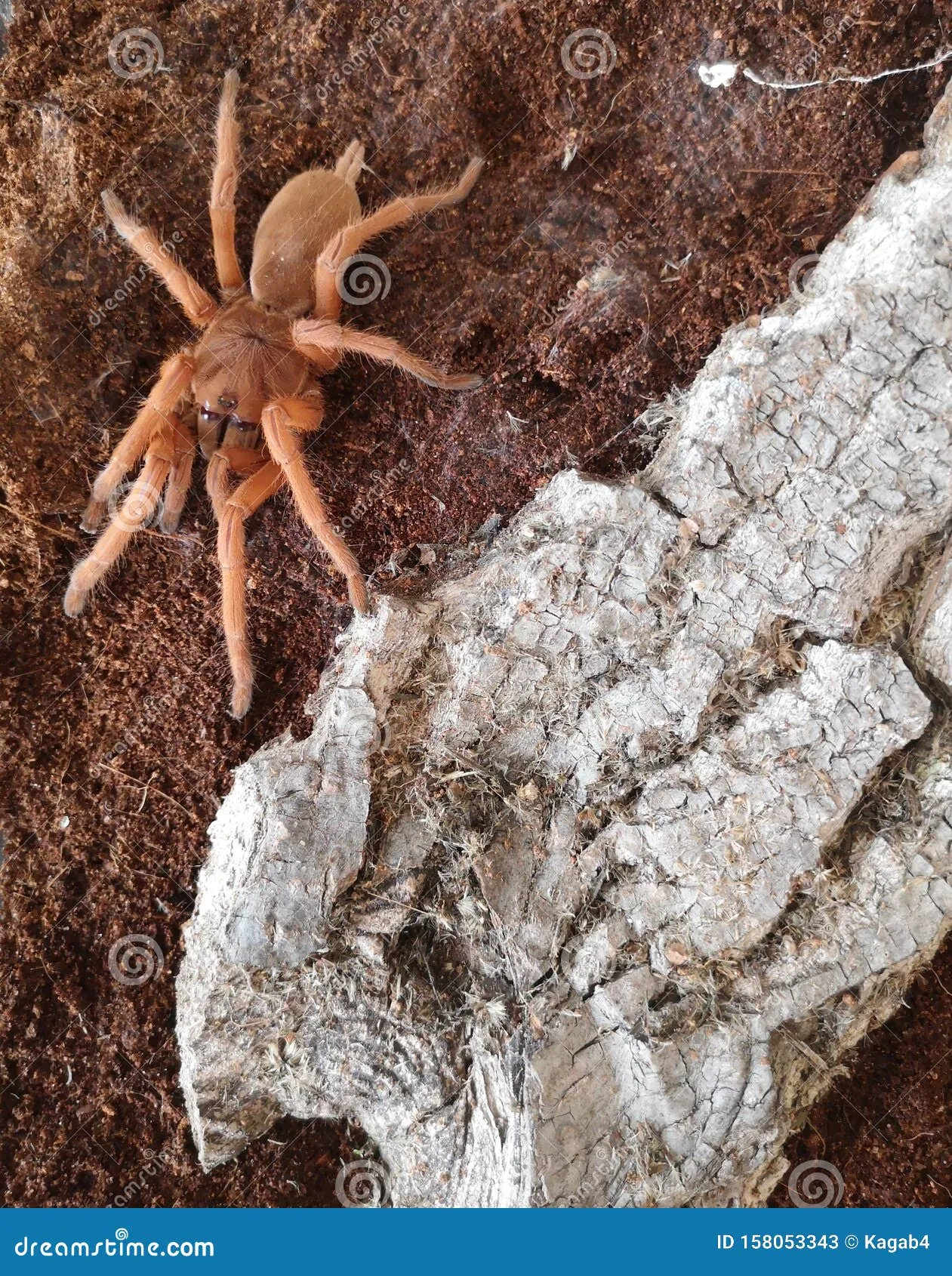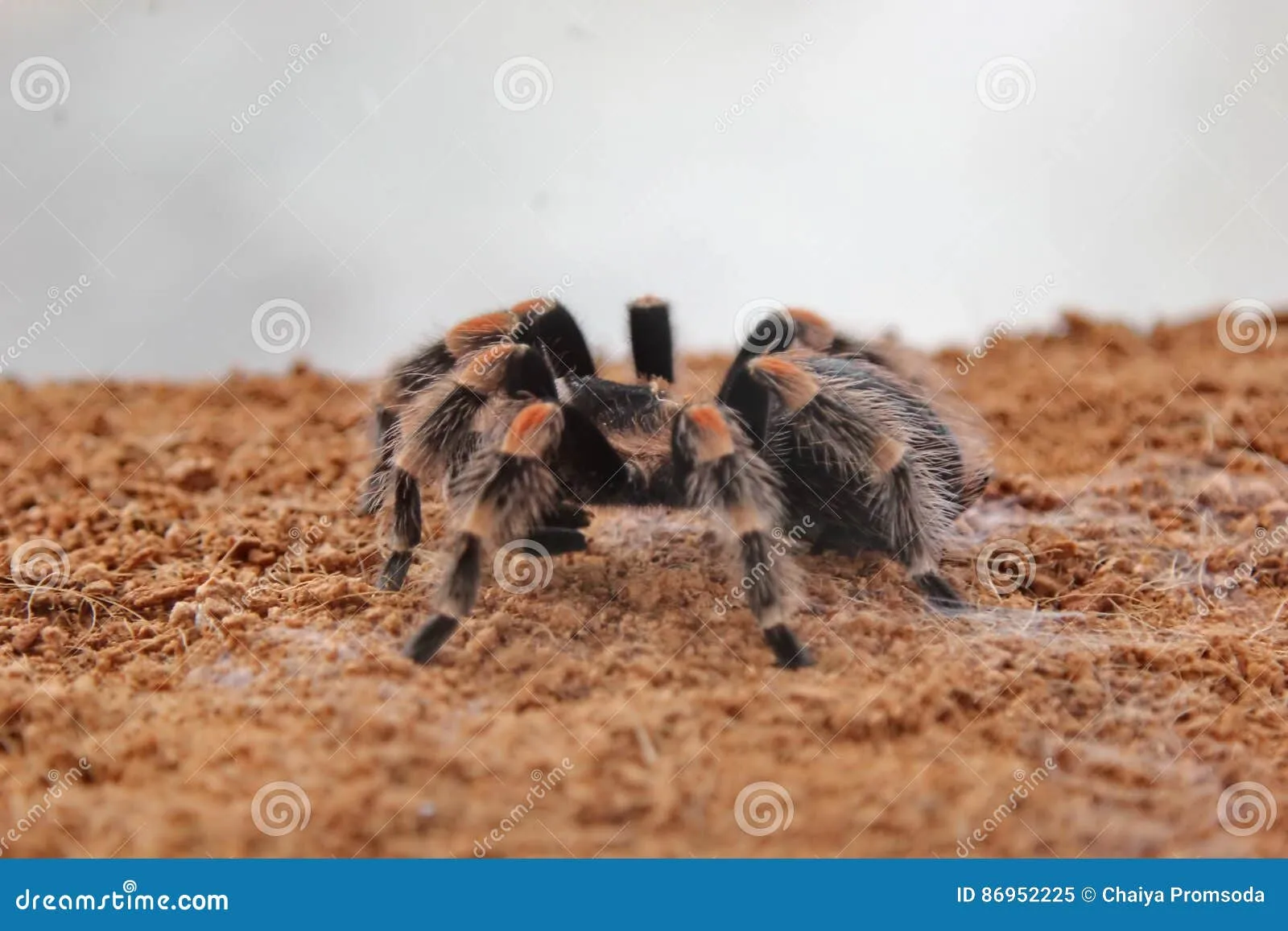Tarantula Spiders Poisonous or Not
The world of tarantulas often conjures images of fear and intrigue, and one of the most common questions surrounding these fascinating creatures is whether they are poisonous. The quick answer is no, tarantulas are not poisonous. However, this seemingly simple answer requires a deeper dive to fully understand the difference between poison and venom, and how tarantulas interact with the world. This blog post will unravel the facts, bust common myths, and provide a comprehensive understanding of these amazing arachnids. Discover the truth about their bites, venom, and the precautions you should take if you encounter one.
Understanding the Terminology
Before diving into the specifics of tarantulas, it’s crucial to understand the difference between poison and venom. This distinction is key to dispelling any misconceptions. Many people use these terms interchangeably, but in the context of biology, they have very specific meanings. Understanding these differences is the foundation of understanding the true nature of tarantulas and their defensive mechanisms. It allows us to address the question of whether tarantulas are harmful with greater precision and accuracy. This will make it easier to differentiate between what’s real and what’s a myth when we talk about tarantulas.
Poison vs Venom Defining the Difference

What is Poison
Poison is a substance that causes harm when ingested, inhaled, or absorbed through the skin. The effect of poison relies on how it enters the body, making it a passive threat. Think of a poisonous plant; you must touch or eat it for the toxins to affect you. The toxins are passively delivered, and the body must absorb them to experience the effects. This means the harmful substance must come into contact with the body via a direct route for it to be harmful. The danger comes from direct contact with the poisonous substance, which is a critical point when discussing the safety of tarantulas.
What is Venom
Venom, on the other hand, is a substance that is actively injected into a target through fangs, stingers, or other specialized delivery systems. It is a much more active form of defense. Venomous animals use this method to deliver toxins directly into the body. This process makes it a much more targeted and effective way to harm a predator or prey. Venom is a complex mixture of enzymes, proteins, and other compounds that cause a range of effects, from pain and inflammation to paralysis and tissue damage. This active delivery system is the key difference when we consider the nature of tarantulas.
Are Tarantulas Poisonous

No, tarantulas are not poisonous. They do not release harmful substances through contact, ingestion, or inhalation. Instead, tarantulas are venomous, meaning they inject venom through their fangs when they bite. This is a crucial distinction. Because they inject venom, the effects are localized and generally not life-threatening to humans, although they can be painful. Their venom is designed to subdue their prey, such as insects and small animals, not to be a significant threat to humans. This difference is important for understanding the risks associated with tarantula bites and the appropriate course of action if you are bitten by one.
The Truth About Tarantula Bites
Tarantula bites are often perceived as dangerous, but in most cases, they are not. The severity of a tarantula bite can vary depending on the species, the amount of venom injected, and the individual’s sensitivity. Some people may experience only mild symptoms, such as localized pain, redness, and swelling, similar to a bee sting. Others might have more severe reactions, including muscle cramps, nausea, and in rare cases, allergic reactions. Most of the time, the discomfort lasts only a few hours or days. It is essential to know that while tarantula bites are unpleasant, they are rarely life-threatening to humans. The pain itself is often the worst part.
Tarantula Venom and Its Effects
Tarantula venom is a complex cocktail of toxins that are designed to paralyze or kill their prey. The composition of the venom varies between different species of tarantulas. These toxins primarily affect the nervous system, causing paralysis in their prey. For humans, the effects are less severe, often resulting in localized pain and discomfort, although some individuals might experience more severe reactions. The venom is not designed to be lethal to larger animals like humans. The primary purpose of the venom is for subduing their food, meaning it’s a lot less dangerous to humans than it would be for a small insect. Understanding the intended purpose of the venom offers an insight into the limited danger to us.
Common Myths About Tarantulas

There are many myths surrounding tarantulas, often fueled by fear and misunderstanding. One common myth is that all tarantulas are highly dangerous and aggressive, which is not true. Most tarantulas are docile and prefer to avoid confrontation. Another myth is that their bites are always deadly, which, as we have discussed, is far from the truth. Tarantulas also get a bad rap for being highly aggressive, which misrepresents their nature. It’s important to dispel these myths to appreciate these fascinating creatures. Understanding their behavior, venom, and habitat helps us to have a more realistic perspective and appreciate these unique spiders.
Tarantula Behavior and Bite Triggers
Tarantulas, in general, are not aggressive animals. They will usually try to escape or defend themselves by flicking urticating hairs (tiny irritating hairs) from their abdomen rather than biting. Bites usually occur when they feel threatened, such as when they are handled roughly, cornered, or if they perceive a threat. Their behavior is largely dictated by their environment. Understanding these triggers can help in preventing bites. If you are going to interact with a tarantula, it’s crucial to handle them carefully, avoid sudden movements, and respect their space. By understanding their behavior, we can decrease the chances of bites and enjoy these creatures safely.
Precautions and First Aid
If you are bitten by a tarantula, it is essential to stay calm. While the bite is unlikely to be life-threatening, it can still be unpleasant. Wash the bite area thoroughly with soap and water. Apply a cold compress to reduce swelling and pain. If you experience severe symptoms, such as difficulty breathing, seek medical attention immediately. Always be prepared and knowledgeable about your tarantula’s behavior to reduce the likelihood of an accident. Basic first aid can help manage the symptoms and keep you as comfortable as possible. Knowing the steps will improve your chances of a quick recovery.
What to Do If Bitten

After a tarantula bite, immediately clean the wound with soap and water. Apply a cold compress to reduce any swelling and to alleviate the pain. Avoid scratching the area, as this could lead to infection. If you start to experience allergic reactions such as difficulty breathing or significant swelling, seek medical attention promptly. Monitor your symptoms and seek medical advice if they worsen. Most tarantula bites cause localized pain and discomfort; however, you should always be cautious and take appropriate action to ensure your safety. Knowing what to do can help you avoid unnecessary risks and assist in a swift recovery.
Debunking Misconceptions
Many misconceptions surround tarantulas, often due to sensationalized media portrayals and a general lack of understanding. The common belief that all tarantulas are aggressive and venomous can lead to unnecessary fear. Debunking these myths involves presenting accurate information based on scientific findings. A clear understanding of the difference between poison and venom is crucial in dispelling these misconceptions. Knowing that most species are docile and that their venom is not highly dangerous to humans is key to eliminating the common misconceptions. By doing so, we can encourage a more informed appreciation of these amazing creatures, which can often be misunderstood.
Final Thoughts
Tarantulas are fascinating creatures, and understanding the nature of their venom is essential to appreciating them. While tarantulas are venomous, they are not poisonous. Their venom is designed to subdue prey, not to be a significant threat to humans. By understanding the difference between poison and venom, dispelling common myths, and taking appropriate precautions, we can safely coexist with these amazing spiders. The more you learn about these creatures, the less scary they become. Their complex behaviours, the environment they live in, and their overall significance in the ecosystem makes them worth understanding. Learning more can lead to a greater appreciation and respect for them.
